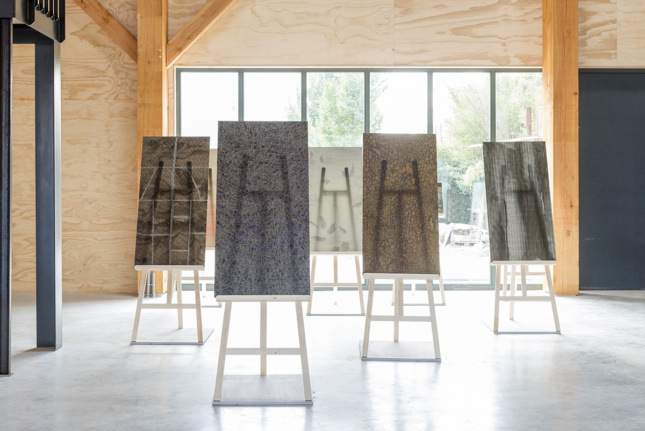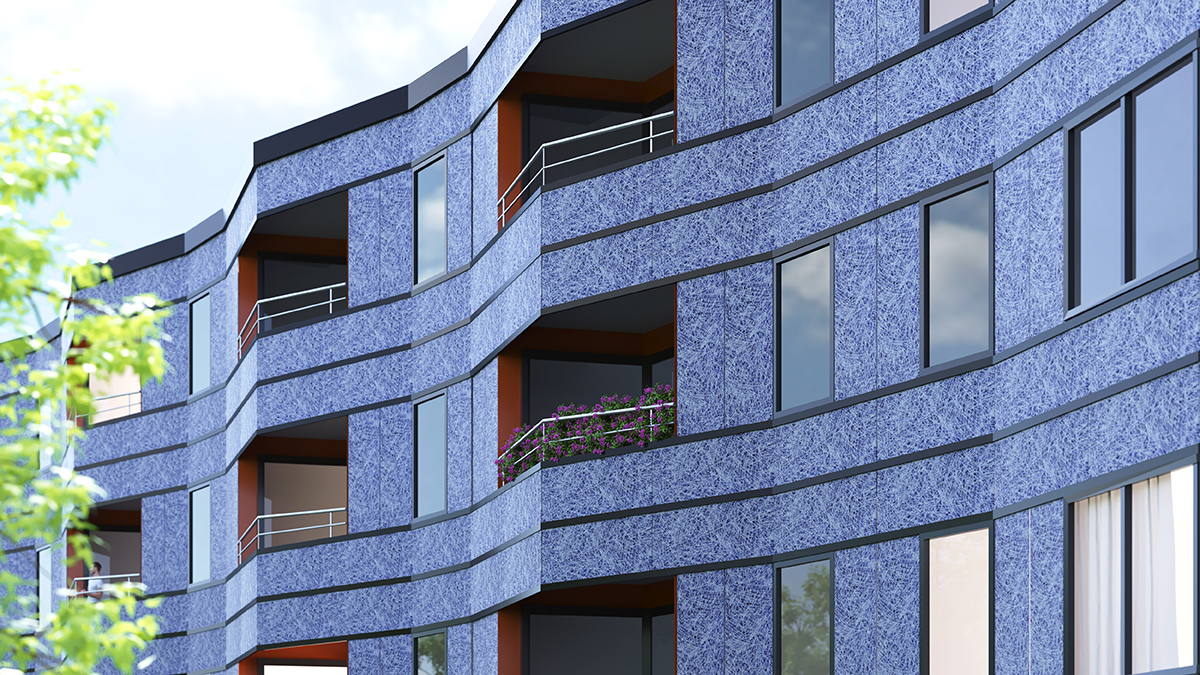As sustainability continues to enter the fore in design decisions, there has been an increased push to make photovoltaic technology more aesthetically adaptable, moving away from just the standard array of blue solar panels installed on rooftops. Tesla’s troubled Solarglass Roof has promised to look just like standard shingles and UNSense, the tech spinoff of UNStudio, has been hard at work on a Solar Visuals project that allows for solar-power-generating cladding to come in many colors and patterns. Now another Dutch company, MyEnergySkin, has unveiled a new attempt at making solar power more appealing, with a collaboration with Dutch designers Kiki and Joost.
“Design is usually thought of as a discipline based on aesthetics, but it has the power to be more than that,” the eponymous design duo of Kiki van Eijk and Joost van Bleiswijk explained over email. “This is especially true when you work on a project like solar panels. Treating the project as if they were “creating a new material, rather than just patterns,” Kiki and Joost designed eight tiles for the company, two for roofs and six for facades, with visuals inspired by the natural and designed world.

The roof tile solar panels resemble something like etched, mottled metals—iron and copper—with a reflective finish. The tiles for facades, on the other hand, derive their aesthetics from a range of sources; one looks like abstract falling leaves, another like thick globs of brushed paint, and another like stone segmented into bricks. “The facade tiles are exciting because building facades with solar tiles is unspoiled territory,” the pair said. “Thanks to new printing techniques the potential is big.” They say that they hope that solar tiles would become just as common as brick or wood on the sides of buildings in the future. Their goal as designers, they reported, was in part asking “how can we make something so beautiful that every building surface would use it?”
The panels are made of tempered glass and can generate 120 watts of energy per square meter, putting their output just below a standard rooftop mass-market solution. “It was a long and physical process,” Kiki and Joost said of designing the printed panels, “but we are very satisfied by the result and the promising future in developing clean energy.”
